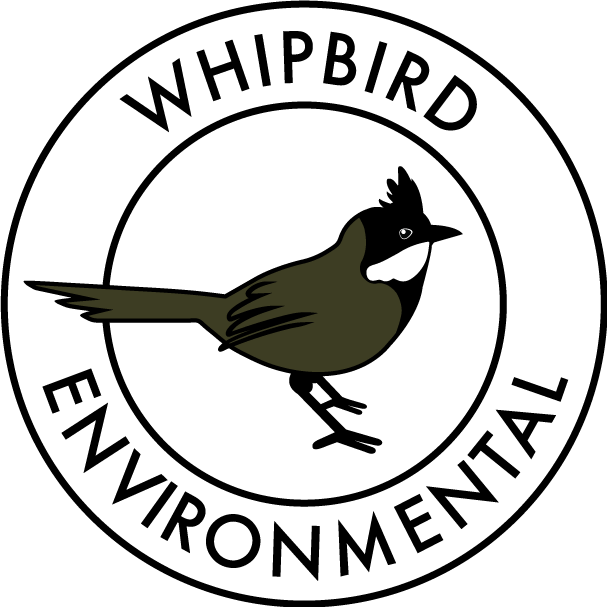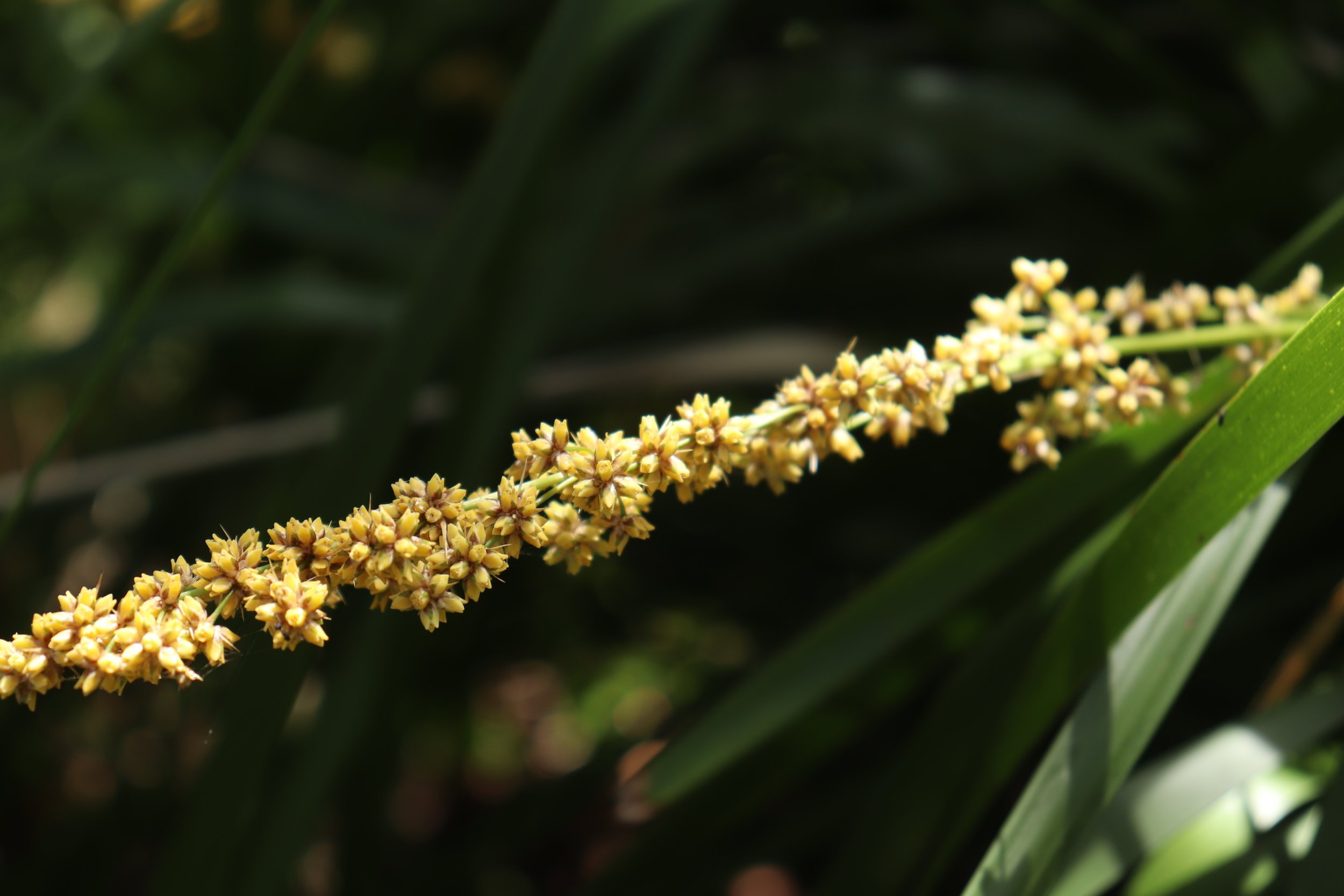Lomandra longifolia (Common Mat-Rush) Australian Native Plant Profile
Lomandra longifolia. Photo by Jeff Harbrow
Description
Lomandra longifolia (Common Mat-Rush) is a hardy graminoid with strappy green leaves that are attractive when planted in large groups. It has a large flower spike (inflorescence) consisting of many small yellow flowers followed by a seed set of orange capsules which provide a welcome burst of colour against the green backdrop of the leaves. Lomandra is used extensively in landscaping and revegetation works due to its hardiness and its ability to thrive in diverse environments from creek sides to hillsides.
Growing Conditions
Lomandra longifolia is found across a wide distribution from QLD through NSW and into VIC, TAS and SA. It can handle extended dry periods and also does well in areas with high moisture content in the soil. Often seen growing along creek and river banks, Lomandra longifolia is excellent for bank stability with its dense fibrous root system. It handles a variety of soil types from clay to alluvial and sandy soils and does well in full sun to part shade. Lomandra is a sure bet in those tricky spots where many other species struggle.
Habitat Value
Lomandra longifolia is a fantastic species for creating habitat. The dense growth and spiky leaves make it a great place for small mammals, birds and reptiles to hide from larger predators. It also creates an abundance of food for seed eating birds and mammals with each plant generating large amounts of seed. It is also the larval food plant for many butterfly species. Additionally when used on the banks of watercourses its habit of leaning out over the water edge provides protection for fish and other aquatic life. It also stabilises the banks and provides places for platypus to hide.
Lomandra longifolia inflorescence. Photo by Jeff Harbrow
Uses
Environmentally Lomandra longifolia is one of the most widely used species in revegetation. Its tough nature and excellence in erosion control make it a go to species for many projects. The leaves also stand out against many exotic grasses making it one of the few ground layer plants included in revegetation projects in paddocks and other open spaces.
In the garden Lomandra longifolia is an excellent choice if you need to stabilise a bank or have an area where other plants are struggling to establish. The extremely hardy nature of this species makes it ideal for planting areas where maintenance is difficult. It is really effective when planted in groups and it is a great species for blocking off areas from foot traffic.
Propagation
Propagation can be done by dividing plants although the most common method is growing from seed. Lomandra longifolia seed germinates readily.
You might also like:
4 Simple Ways to Maintain a Healthy Garden
Xerochrysum bracteatum (Golden Everlasting)
Further Reading:
https://finder.growingillawarranatives.org/plants/plant/304
https://plantnet.rbgsyd.nsw.gov.au/cgi-bin/NSWfl.pl?page=nswfl&lvl=sp&name=Lomandra~longifolia


